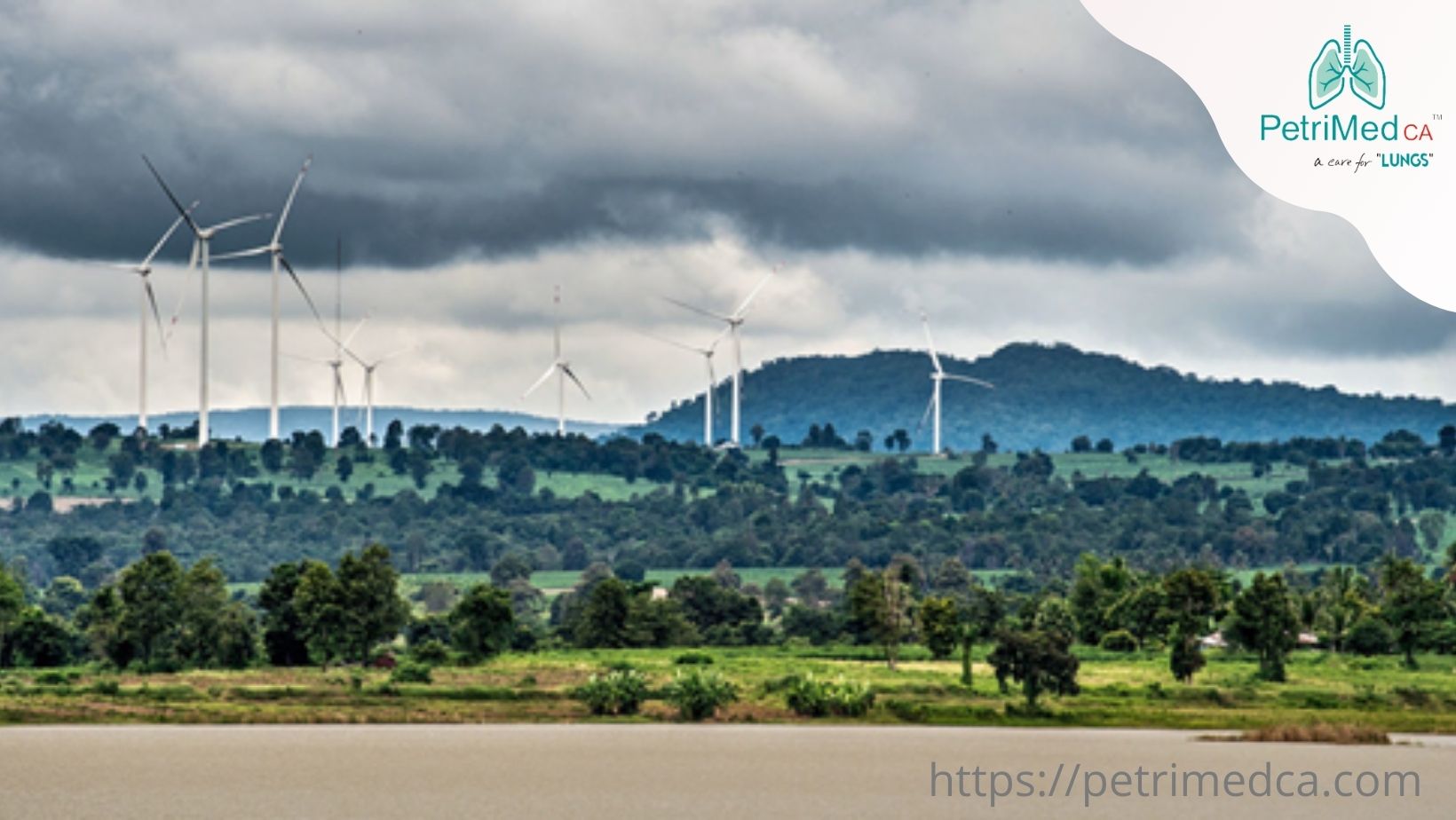New Report on Air Pollution Post Covid Draws Experts’ Attention
13 Nov 2021
As the threat of air pollution assumes frightening proportions, worrying lines on scientists’ foreheads are deepening borne out of the scientific hypothesis carrying extremely gloomy portents that the air we inhale might be one of the factors to make us more vulnerable to the coronavirus.
Human health today is confronted with one of the biggest risks in the form of air pollution. According to the WHO, the number of untimely deaths due to air pollution is projected to pole vault by more than 50% in the next 30 years.
And yet, a large chunk of the global population breathes in contaminated air due to the chemicals and fumes caused by inevitable means such as cooking gas, traffic exhaust, factories, and other routine activities.
A new report, published by the United Nations Environment Programmed (UNEP), calls for some firm and time-bound actions to improve air quality post COVID-19. Entitled Actions on Air Quality: A Global Summary of Policies and Programs to Reduce Air Pollution, it is based on the current data, collected from different countries. The study was carried out to evaluate key areas that may cause air pollution such as transport, factory emissions, chemicals, waste management, indoor air pollution, cooking fumes.
UNEP Executive Director Inger Andersen says: “When governments act on air quality, they help prevent seven million premature deaths annually. They also improve the overall health and economic well-being of 92 percent of the world population that lives where air quality levels exceed World Health Organization (WHO) limits.
“Today, we have more policies in place than ever before, but we focus on implementation, especially where people are disproportionately affected by poor air quality.”
Those Recovered from COVID-19 Need Not Lower Guard
Although most Covid patients recover within 7-10 days, some people keep on experiencing some post-recovery symptoms. These conditions are generally termed post-COVID conditions that may continue for weeks.
People with chronic diseases related to the heart and lungs are more susceptible to experience post-COVID complications unless some safety measures are taken up. These are some common symptoms, reported by people who have recovered from COVID-19.
· Difficulty in breathing or shortness of breath
· Tiredness
· Sleep disorder
· Headache and chest pain
· Brain fog or difficulty in concentrating
With the poor air quality index (AQI) in New Delhi, Gurugram, Noida and Ghaziabad, many hospitals are witnessing an increase in the number of recovered Covid patients reporting breathing complications like chronic obstructive pulmonary disease and breathlessness due to the poor air quality. Experts apprehend that the number of such patients may go up due to air pollution.
Doctors say that patients with mild lungs infections may experience bacterial infections due to pollens and allergens in the air. Recovered patients with other health conditions are also experiencing bacterial infections due to indoor air pollutions.
“There’s so much pollution in the air now that if it weren’t for our lungs there’d be no place to put it all.” -- Robert Orben
Bracing up for the worst conditions, experts have suggested some precautionary measures such as social distancing, good indoor air quality, hygiene, and face mask to reduce exposure to particulate matter. Ordinary air purifiers for homes may not be as effective as a complete air purification system equipped with H14 ISO 50U HEPA filters to capture 99.999% of air pollutants.
PetriMed CA™ Air Purification System would be a better choice as against the run-of-the mill air purifiers put on the shelf in the market. It is engineered to capture 99.999% of air pollutants with advanced air filtration technologies. It houses washable pre-filter coated with nano silver, H-14 ISO 50U HEPA filter, carbon filter zeolite, UV-C disinfector, and air ionizer to nourish the indoor air quality.
The pandemic is still an unfolding gloomy story but, all at once, it has also allowed us to set ourselves in the direction of embracing a “new normal” that could promote eco-friendly practices. It needs to be dealt with willpower and openness to behavioral changes in our lifestyles
